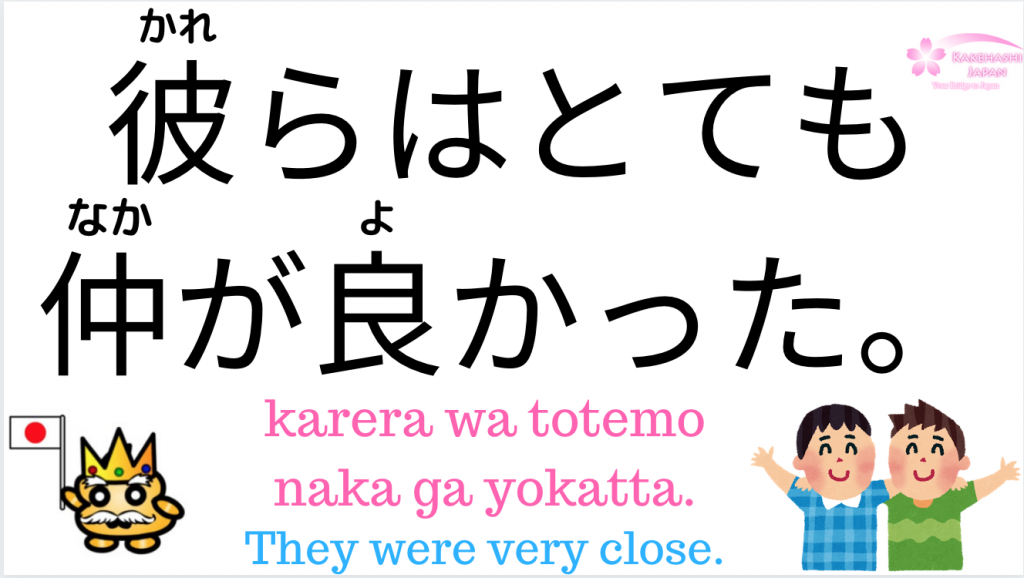

Organizational culture: Like company culture, organizational culture is the “personality” of an organization, informed by its values, mission, and beliefs.Ĭulture fit: The alignment between a company’s culture and the employee or initiative in question. Culture encompasses the work environment as well as values, ethics, expectations, models of communication and recognition, and more. (i.e., “Be an international leader in the field by providing broadband services to 20% of rural communities worldwide.”)Ĭompany culture: The personality of a company. (i.e., “Bring affordable, sustainable broadband to rural communities.”)Ĭompany vision: Where an organization envisions itself in the future when it achieves its mission. These values can also act as a guiding light for the business in ambiguous or difficult situations.Ĭompany mission: An organization’s purpose and reason for being: its ultimate goal. See what they said:Ĭore values: The guiding principles of an organization that help shape what work a company does and how they do it. Turnover: The rate at which employees leave the company. Retention : The rate at which a company retains employees. Growth mindset: The belief that people are not born with a static skillset: but rather, that new abilities can be learned and earned. War for talent : Coined by McKinsey in 1997, this term refers to the competitive landscape for recruiting and retaining talented employees. Learning & Development (L&D): HR programming designed to improve individual and organizational performance by facilitating development or acquisition of skills and knowledge. Psychological safety: The perception of the consequences of taking risks in particular settings – i.e., “Is it safe to fail here?” Organizations with cultures of strong psychological safety invite more bold initiatives and outside-the-box thinking from their employees. Done well, change management is an opportunity to promote employee trust and engagement in the organization.
#Human japanese vocabulary list plus#
Talent management: The practice of identifying the skills and talents needed to keep the organization moving toward its goals, plus hiring, developing, and retaining employees with those necessary skills and talents.Ĭhange management: The process of communicating information about organizational changes, such as updated mission or policy, new hires or terminations, updates in leadership and management, new workplace tools, and more.

People data: Also known as employee data, this term describes informative data collected about employees for analytics purposes. People analytics: Also called HR analytics, this data-driven approach collects and analyzes data on workers to help companies effectively manage employees and make organizational decisions. Strategic HR: A people management approach that actively supports higher-level business goals and objectives a comprehensive framework for attracting, recruiting, developing, and retaining a talented workforce. Non-traditional workers: Employees working in a field where 25% or less of their colleagues share their gender (nursing for men, firefighting for women).ĭeskless workers: Workers who typically travel or work remotely from a mobile device, rather than on a laptop.ġ8 HR Metrics Affecting Your Organizational Health This encompasses satisfaction with the company as a whole, their team and manager, and their day-to-day work. Stages include recruitment, onboarding, development, retention, and off-boarding.Įmployee engagement: The quality of an employee’s feelings and their connection to your company, as well as the energy and effort they bring to the job day-to-day.Įmployee satisfaction: How happy or fulfilled an employee is with their job. To help you get on the same page as your peers, we’ve put together a definitive HR glossary of terms to add to your lexicon.Įmployee experience: An employee’s total experience (i.e., perceptions, emotional and intellectual stimulation, and challenges) of every touchpoint in their employee lifecycle, including career growth, workload, company culture, and relationships with peers, managers, and leadership.Įmployee lifecycle: An HR model identifying the stages of an employee’s life at an organization from pre-hire to alumni. In the world of HR, there’s no shortage of industry-specific lingo.


 0 kommentar(er)
0 kommentar(er)
